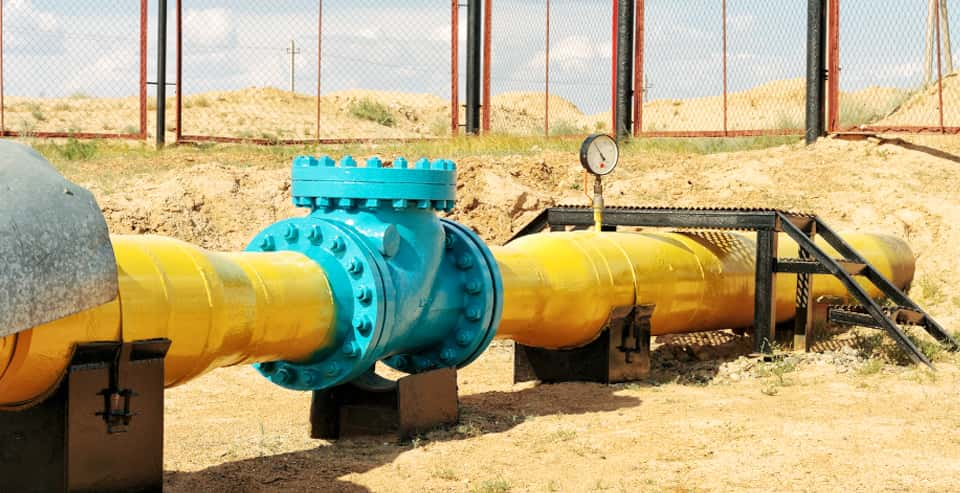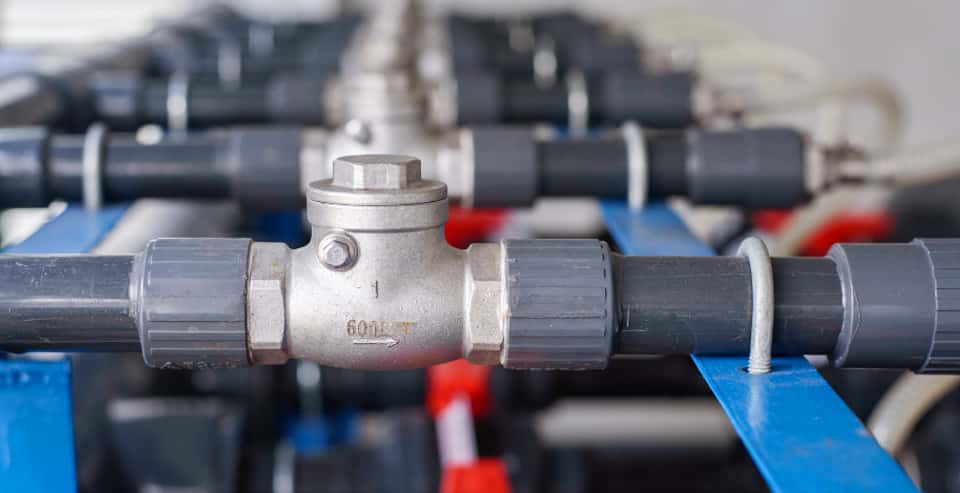Case

Case

Valves are important pipeline pressure-bearing components in petrochemical plants. There are many types and quantities of them, among which check valves are one of the most commonly used valve types. Generally, a petrochemical plant has thousands of valves, among which the number of check valves accounts for about 5% of the number of process valves.
The main function of the check valve is to prevent the backflow of the fluid medium in the pipeline. When the medium flows forward, the disc will automatically open, and when the medium flows in the reverse direction, the valve disc will automatically close. Therefore, the check valve is also called a one-way valve.


① Centrifugal pump and vortex pump outlet pipeline;
② compressor outlet pipe;
③Back pressure steam turbine exhaust steam pipeline
④Process medium pipelines entering and leaving the device (except for the pipelines that also serve as oil introduction at start-up and oil return at shutdown);
⑤Public engineering pipelines connected with combustible gas, liquefied hydrocarbon and combustible liquid pipelines and equipment;
⑥Pipelines for injection of other media (such as ammonia, corrosion inhibitors, water) into the overhead distillation line;
⑦Heating furnace tube is injected with water or steam.
The check valves commonly used in petrochemical installations are mainly divided into carbon steel, alloy steel, stainless steel, nickel-based alloys, copper alloys and composite materials according to their materials. Commonly used valve pressure ratings include Classl50, Class300, Class600, Class800, Class900, Class 1500 and Class 2500, etc. Commonly used check valves are divided into main types by structure: lift check valve, swing check valve, swash plate check valve, double plate check valve and axial flow check valve. The structure of commonly used return valves is shown in Figures 1 to 5.

Should you have any questions about Check Valves, you can contact us freely.